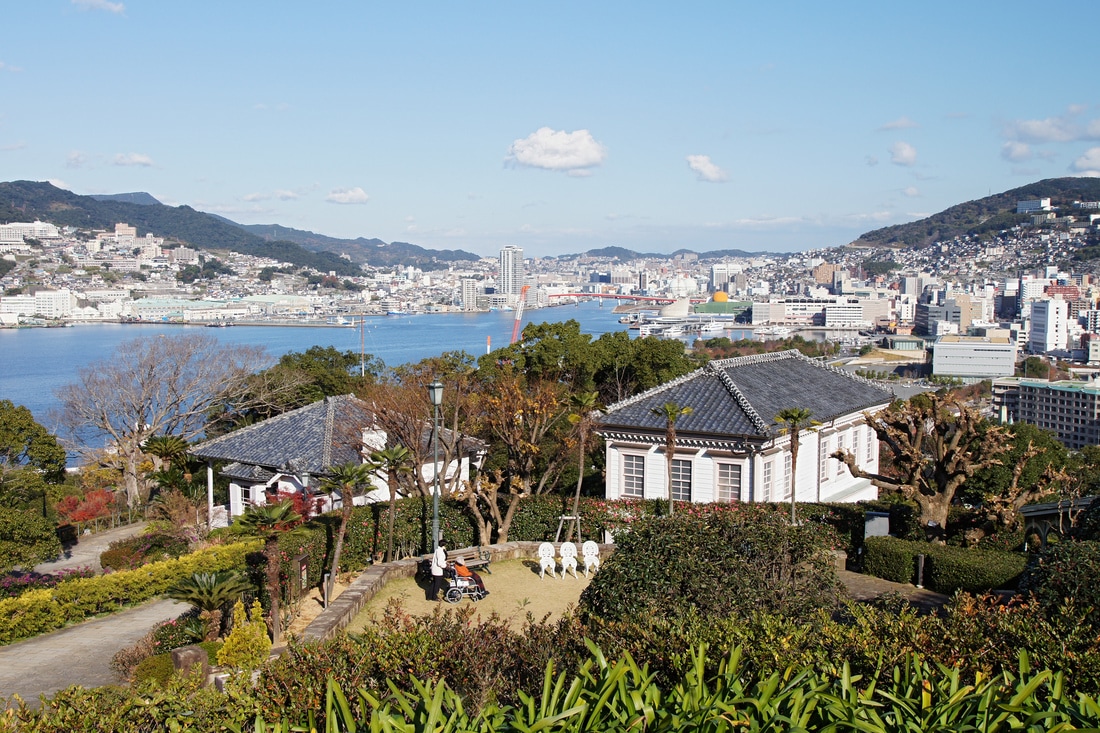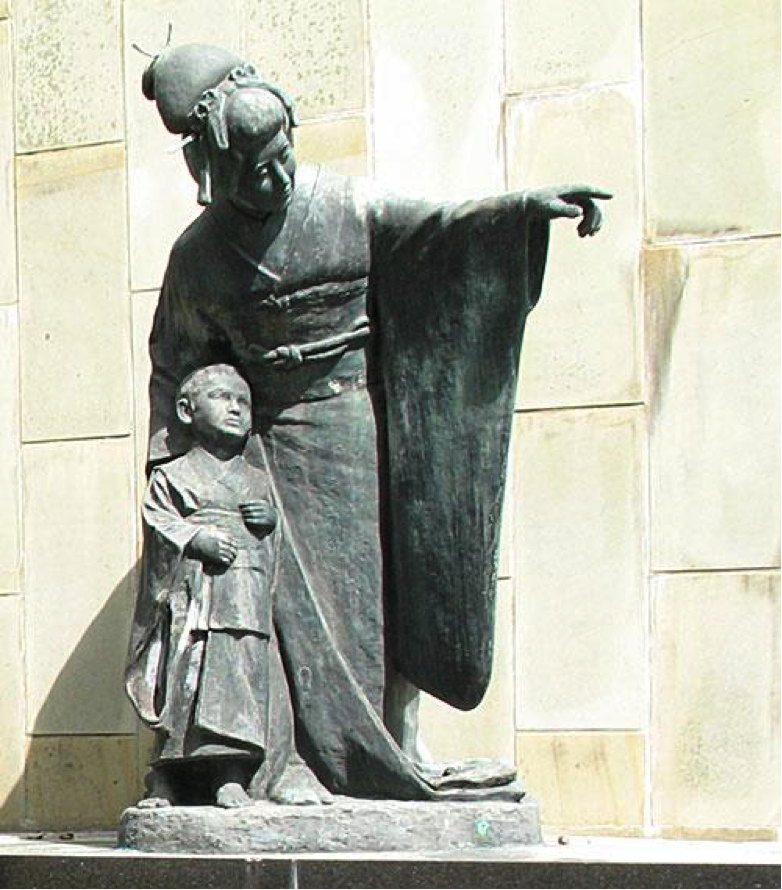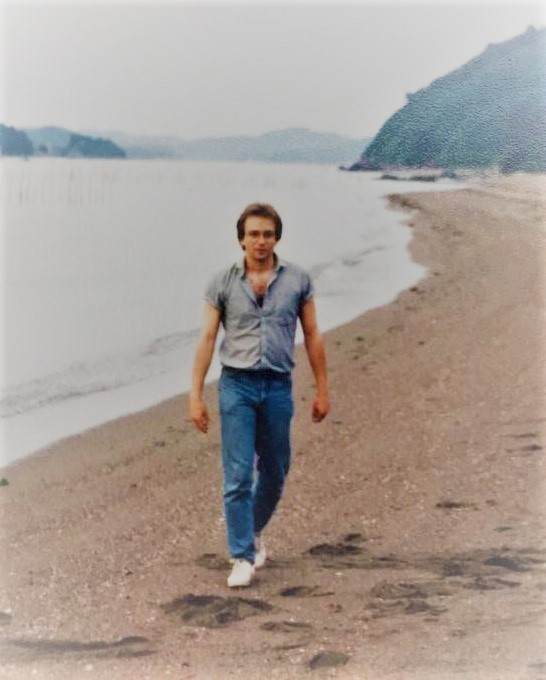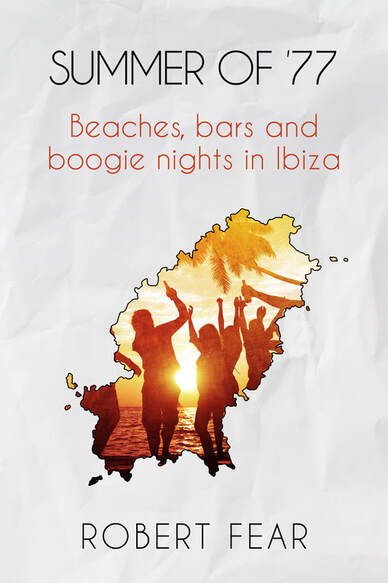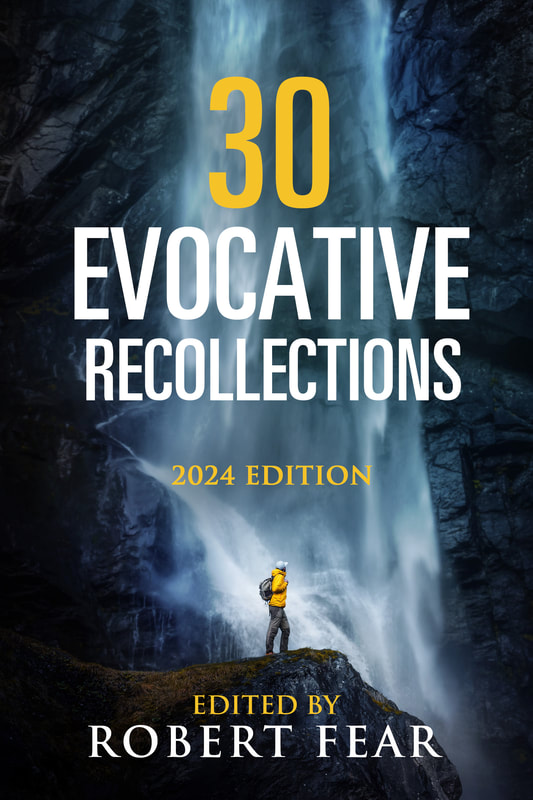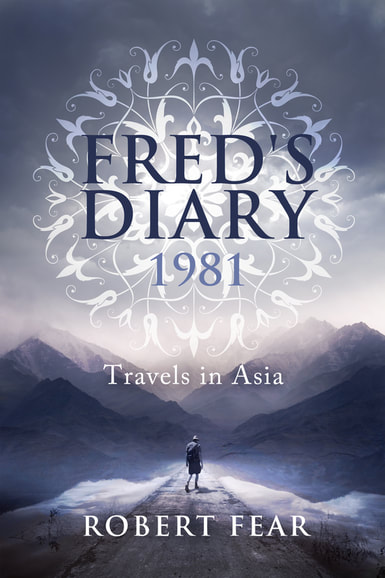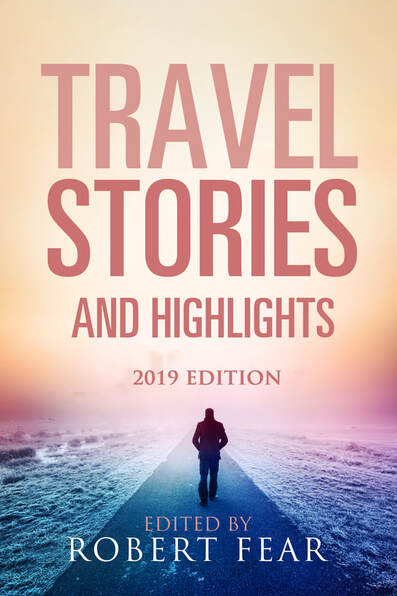On a Fine, Clear Day by Mark Boyter
After 27 months, I’m leaving Japan. South by train until I can’t, then boats to Okinawa and Taiwan. Nagasaki is half way.
Nagasaki rises steeply out of the harbour. Compressed, like it’s sitting on top of itself. While thoughts of the bomb pervade, for me Nagasaki is Pavarotti and Freni, love found and forsaken, sharp pressed naval uniforms and “Un bel dì vedremo”—“One fine day we’ll see”. A blood stained kimono.
Madame Butterfly.
Butterfly’s traditionally ascribed setting, Glover Garden, sits high on an eastern hill overlooking the harbour and in the distance out to a sea. Near the Dutch Slope. There are statutes of Puccini. The Japanese singer Tamaki Miura as Cio-Cio-san. Chiyo, Japanese for butterfly. Spoken twice. Butterfly, Butterfly. My love, my love.
This early June afternoon the Garden is quiet. July is tourists. Only a tight group of older Japanese women, myself, and a scattering of sailor uniformed high school girls; a year end field trip.
Field trips mean contact assignments. The usual suspect is “Find a Foreigner”. Students approach non-Japanese tourists, ask their name, and take a photograph with them. Small talk of sushi or chopsticks or the impact of the Tokugawa Shogunate is optional. The foundation is the photo, the rest colour.
Away from Glover, along that same eastern hillside there is a small church. Access is a long, steep, wooden stairs that reminds of my grandmother’s Lake Erie cottage. Home appears in the strangest places.
At the foot of the stairs, a small group of schoolgirls mills about. Picture, asks one. Tired of my skin colour celebrity, I would rather no than yes, but homework is homework and I’m the only usual suspect in sight. I nod yes, but after I return. Another traveller might appear while I’m gone. This is, after all, a place for prayers. They smile and bow yes.
The visit is short. The church is small. Its best feature the view. Clear. Blue. Hopeful.
And there is an answer. No. Word instead has travelled and small has grown too large, and I wonder; what is the counter for Japanese schoolgirls? A shuttering? A murder? One sees me and waves and many faces turn and many hands wave. A smothering?
At the bottom, the girls crowd around in overlapping pleases and I nod a bow yes and space is created in front of some shrubbery like a painted canvass backdrop in a portrait studio.
Two sailor girls bow and say hello and I nod a bow hello in return and they smile and I smile and I stand straight and they stand on either side of me and bend at the waist and lean towards me and hold up two fingers in peace signs and we all say “chee-zu” and the camera flashes and they bow thank you and I nod you’re welcome and they skip away tittering to each other.
And two new girls approach and bow hello and I nod hello and I stand straight and they stand on either side of me also straight and raise two fingers in peace signs to their cheeks and we smile and say “chee-zu” and the camera flashes and they bow thank you and I nod in return and they turn away and giggle and a group of three takes their place and they bow hello and I nod back and two stand on my right and one stands on my left and they raise two fingers in peace signs and smile and we all say “chee-zu” and the camera flashes and one of the girls on the right hands her camera to the picture taker and we all smile again but without the hello bows and they raise the same two fingers in peace signs and we all say “chee-zu” and the second camera flashes and they all bow thank you except for the second camera girl who bows twice and says thank you in both English and Japanese and they giggle and titter away and a new group of three takes their place and they bow hello and I nod hello and I stand straight and smile and they each raise both hands making two peace signs and they tilt their heads and smile and show their misaligned incisors and we all say “chee-zu” and the camera flashes and they bow and in unison and say thank you in Japanese and then tentatively in English and the next group enters and they bow hello and flash peace signs and say “chee-zu” and bow thank you and giggle and say sanka-you to each other with their backs turned away from me and titter and then I stand there and smile and the next group enters and bows and peaces and “chee-zus” and the camera flashes and they bow thank you and giggle and the next group comes, and the next group, and the next group and the next group and they all come and they all go until one group bows and peaces and “chee-zus” and then loudly in unison says thank you and bows again very deeply and I realise they are the last group and the rest have all gone and I am alone. Again.
Just me and a blank canvass.
Somewhere in Japan in the following days, picture after picture after picture of me standing and smiling and smiling and standing was handed in, a teacher flipping through homework writing good, good, good across each top and wondering aloud if maybe next time there shouldn’t be an option about the Tokugawa Shogunate after all. A bonus question.
I wore big aviator glasses, although “big aviator glasses” seems redundantly obvious, like “loose-fitting Mumu” or “sensible Volvo” or “Would you like another beer?”.
And my shirt tight, the buttons decidedly Magnum, p.i. All my sides were good back then. Fashion is for the young.
I’ve never returned to Nagasaki. The students I can’t say.
It’s OK.
We’ll always have Puccini. And The Chiffons. I love “One Fine Day”.
Glover Garden, Nagasaki
